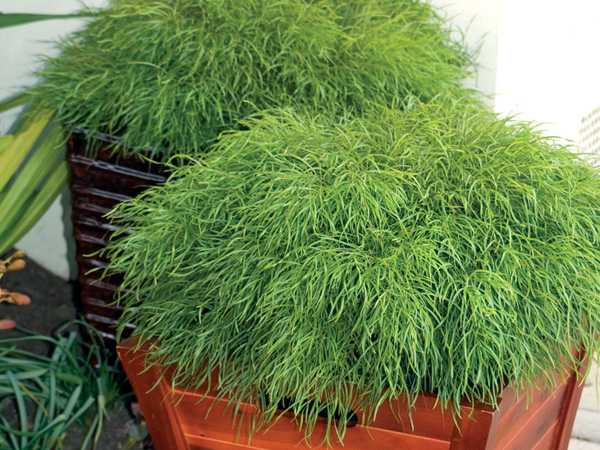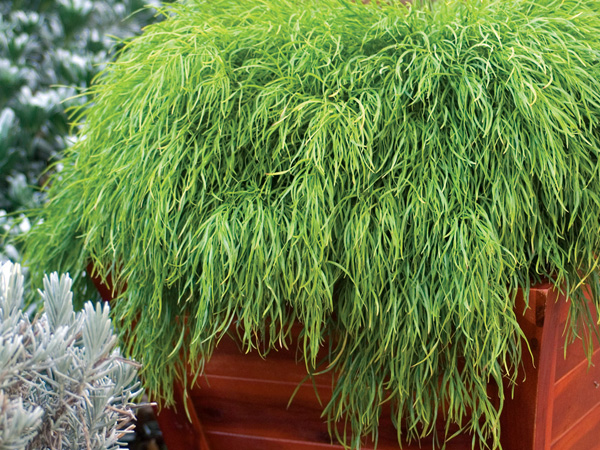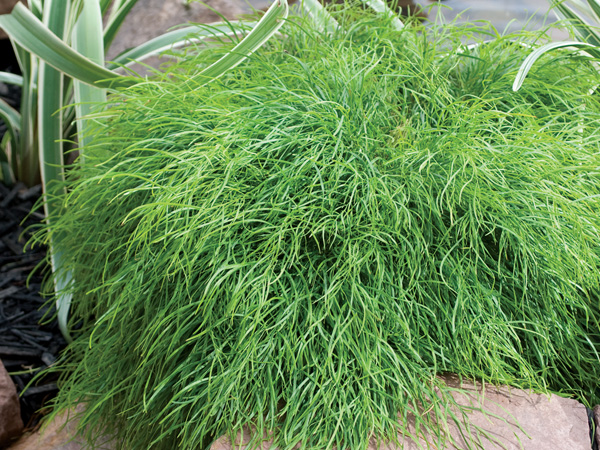Array
(
[0] => Array
(
[id] => 489
[is_published] => 1
[websiteID] => 5
[url] => /articles/bio-swimming-pools.php
[page_status] => Published
[number_of_ads] => 3
[can_use_editor] => 1
[last_modified_date] => 2013-09-10 00:00:00
[last_modified_by] => Alan
[checked_for_duplicate_content] =>
[title] => Bio Pools or Natural Swimming Pools
[heading] => Bio Pools
[meta_description] => Bio pools or Natural Swimmming Pools are an attractive & environmentally-friendly alternative to traditional swimming pools.
[article_category_1] => Landscaping
[article_category_2] =>
[article_category_3] =>
[article_category_4] =>
[article_category_5] =>
[business_category_1] => Landscaper
[business_category_2] => Nursery
[business_category_3] => Garden Designer
[business_category_4] => Landscape Architect
[business_category_5] => Builder
[number_of_google_mrecs] =>
[show_google_ad_bottom_of_page] =>
[show_get_quotes_top_of_page] =>
[show_get_quotes_rhs_of_page] =>
[show_directory_search_widget] =>
[show_trending_content_widget] => 0
[show_facebook_widget] =>
[show_further_reading_section] => 1
[show_sponsors_section] => 0
[show_top_article_ad] => 1
)
[1] => Array
(
[id] => 425
[is_published] => 1
[websiteID] => 5
[url] => /landscaping/diy-retaining-walls.php
[page_status] => Published
[number_of_ads] => 5
[can_use_editor] => 1
[last_modified_date] => 2013-09-10 00:00:00
[last_modified_by] => Alan
[checked_for_duplicate_content] =>
[title] => DIY Retaining Walls
[heading] => DIY Retaining Walls
[meta_description] => Learn about building a retaining wall for your garden. This article explains your options.
[article_category_1] => Landscaping
[article_category_2] =>
[article_category_3] =>
[article_category_4] =>
[article_category_5] =>
[business_category_1] => Landscaper
[business_category_2] => Garden Maintenance
[business_category_3] => Garden Supplies
[business_category_4] => Garden Designer
[business_category_5] => Garden Tools
[number_of_google_mrecs] =>
[show_google_ad_bottom_of_page] => 1
[show_get_quotes_top_of_page] => 1
[show_get_quotes_rhs_of_page] => 0
[show_directory_search_widget] => 1
[show_trending_content_widget] => 0
[show_facebook_widget] => 1
[show_further_reading_section] => 1
[show_sponsors_section] => 0
[show_top_article_ad] => 1
)
[2] => Array
(
[id] => 453
[is_published] => 1
[websiteID] => 5
[url] => /gardening/growing-grevilleas.php
[page_status] => Published
[number_of_ads] => 10
[can_use_editor] => 1
[last_modified_date] => 2013-09-16 00:00:00
[last_modified_by] => Alan
[checked_for_duplicate_content] =>
[title] => Growing Grevilleas
[heading] => Growing Grevilleas
[meta_description] => Learn how to grow grevilleas in your garden.
[article_category_1] => Gardening
[article_category_2] =>
[article_category_3] =>
[article_category_4] =>
[article_category_5] =>
[business_category_1] => Landscaper
[business_category_2] => Nursery
[business_category_3] => Garden Designer
[business_category_4] => Landscape Architect
[business_category_5] =>
[number_of_google_mrecs] =>
[show_google_ad_bottom_of_page] =>
[show_get_quotes_top_of_page] =>
[show_get_quotes_rhs_of_page] =>
[show_directory_search_widget] =>
[show_trending_content_widget] =>
[show_facebook_widget] =>
[show_further_reading_section] => 1
[show_sponsors_section] => 0
[show_top_article_ad] => 1
)
[3] => Array
(
[id] => 9
[is_published] => 1
[websiteID] => 5
[url] => /landscaping/plants-for-your-garden.php
[page_status] => Published
[number_of_ads] => 2
[can_use_editor] => 1
[last_modified_date] => 2013-09-10 00:00:00
[last_modified_by] => Alan
[checked_for_duplicate_content] =>
[title] => Selecting plants for your garden
[heading] => Selecting plants for your garden
[meta_description] => This article describes how you can best select plants for your garden.
[article_category_1] => Landscaping
[article_category_2] =>
[article_category_3] =>
[article_category_4] =>
[article_category_5] =>
[business_category_1] => Landscaper
[business_category_2] => Nursery
[business_category_3] => Garden Designer
[business_category_4] => Landscape Architect
[business_category_5] =>
[number_of_google_mrecs] => 0
[show_google_ad_bottom_of_page] => 1
[show_get_quotes_top_of_page] => 1
[show_get_quotes_rhs_of_page] => 1
[show_directory_search_widget] => 1
[show_trending_content_widget] => 0
[show_facebook_widget] => 0
[show_further_reading_section] => 1
[show_sponsors_section] => 0
[show_top_article_ad] => 1
)
)
Helpful articles
Bio Pools. Bio pools or Natural Swimmming Pools are an attractive & environmentally-friendly alternative to traditional swimming pools.
DIY Retaining Walls. Learn about building a retaining wall for your garden. This article explains your options.
Growing Grevilleas. Learn how to grow grevilleas in your garden.
Selecting plants for your garden. This article describes how you can best select plants for your garden.
Plant description
A compact variety of acacia cognata that makes a stunning foliage plant all year round with its graceful weeping foliage
Pale yellow globular flowerheads appear singly or in pairs in the leaf axils in spring.
This species is prone to root rot in humid climates. It is best grown in Australia's cooler climates.
Once established this plant requires very little maintenance but responds well to tip pruning. The plant will tolerate dry periods but will benefit from from some watering. For plants in tubs use a low phosphorous potting mix and apply a slow release native fertilizer once a year.
Further reading: Top ten native plants and
Best natives for pots and small gardens (articles written by native plant expert and horticulturalist Angus Stewart).
Additional plant information
Flowers
Flower colour: yellow
Flowering season: spring
Plant size
Maximum height: 1 metres
Minimum height: 0.5 metres
Maximum width: 1 metres
Minimum width: 1 metres
Sunlight, frost & salt tolerance
This plant will tolerate full or partial sunlight.
Light frost tolerance.
Plant is not salt tolerant.
Fauna attracting?
Yes. Attracts: birds &insects.
Climate
This plant species will grow in the following climates: cool, temperate.
Soil types & conditions
Loam: dry, moist, well-drained.
Clay: not suitable.
Sand: dry, moist, well-drained.
Miscellaneous information
Native to: Australia.
Planting season: Any.
Types of fertiliser: not specified.
Find a nursery
Search for another plant



